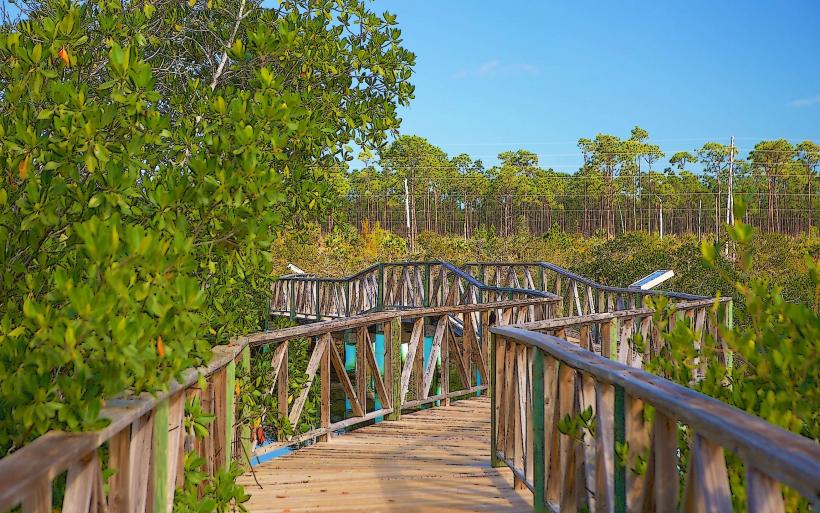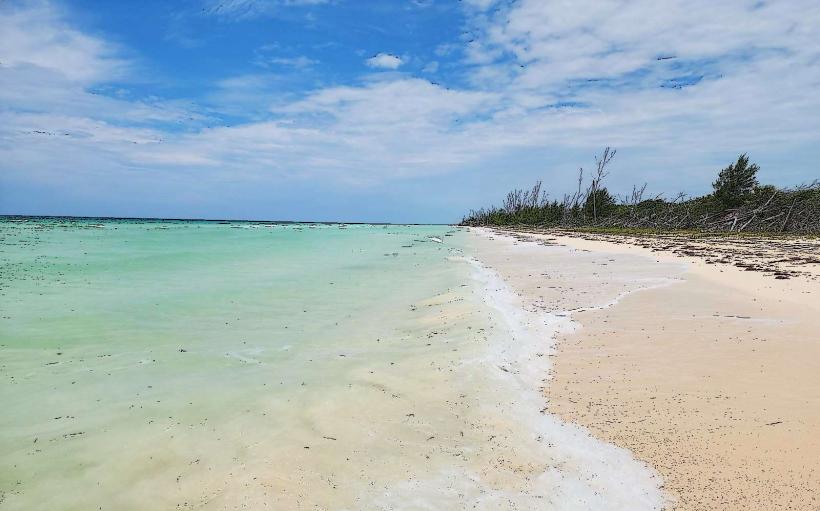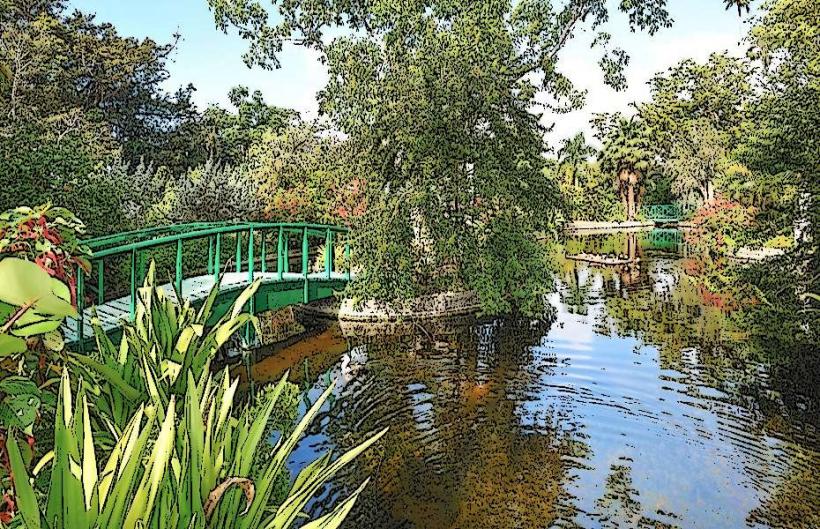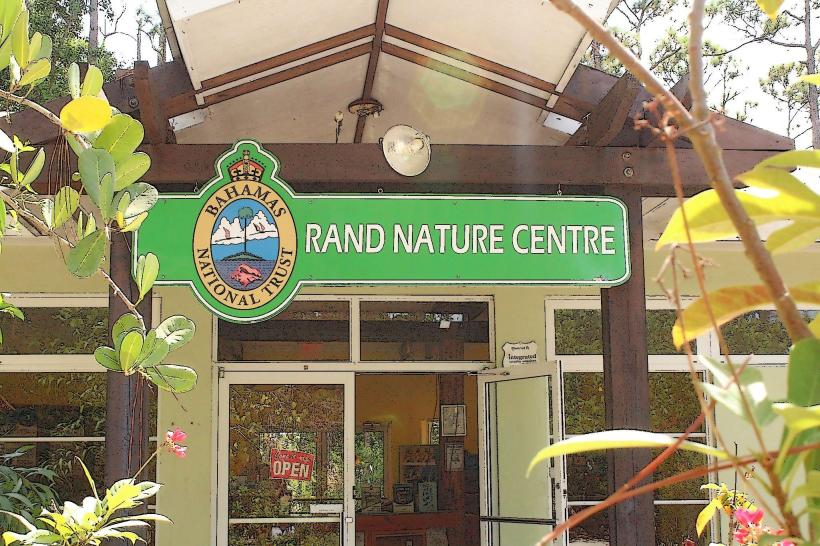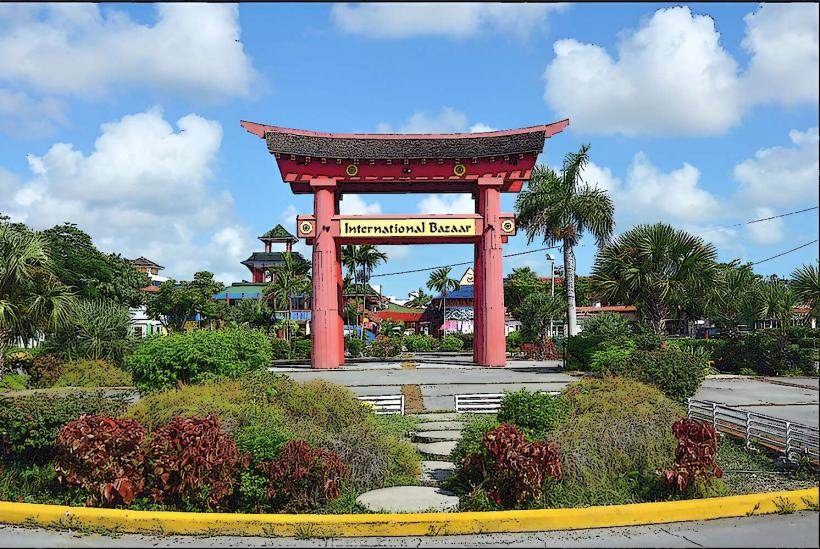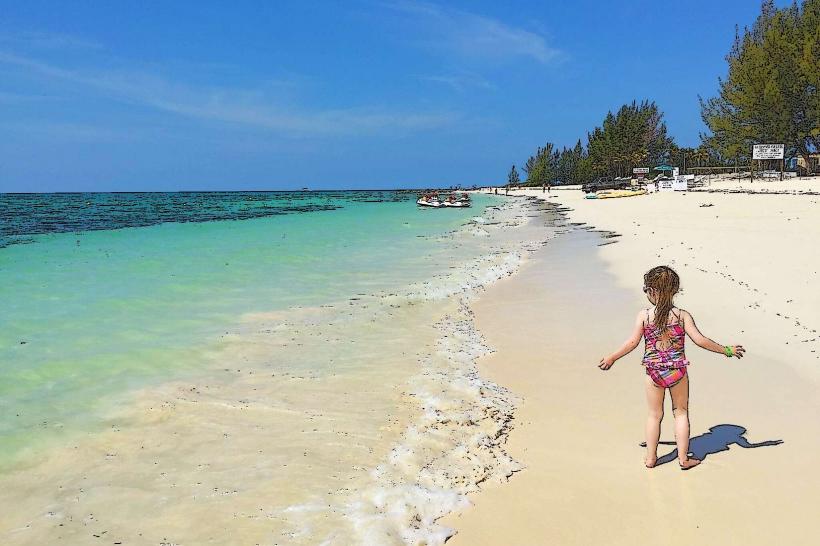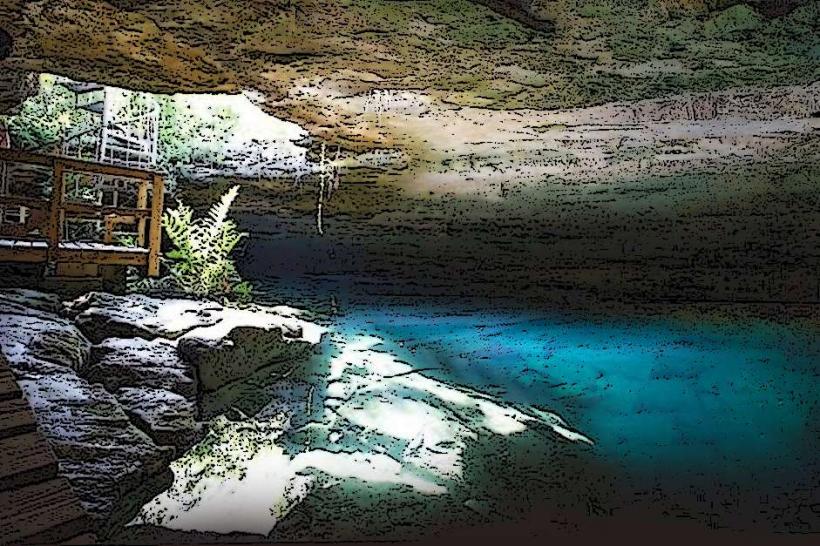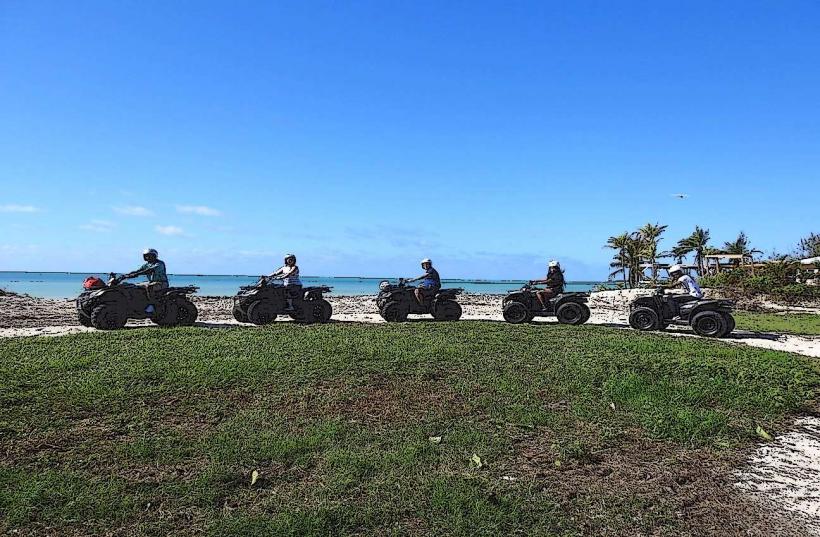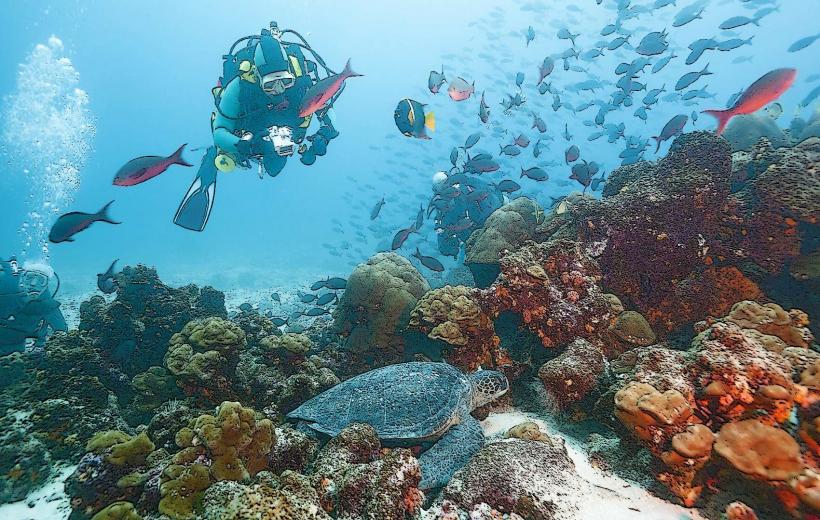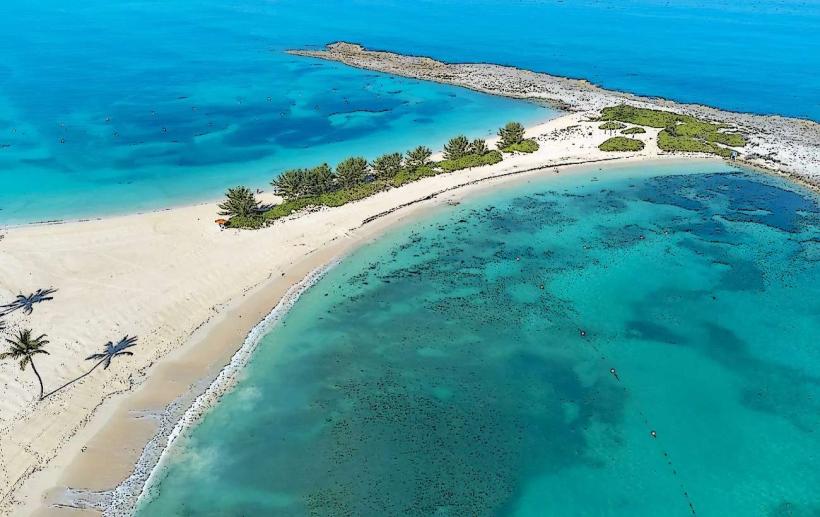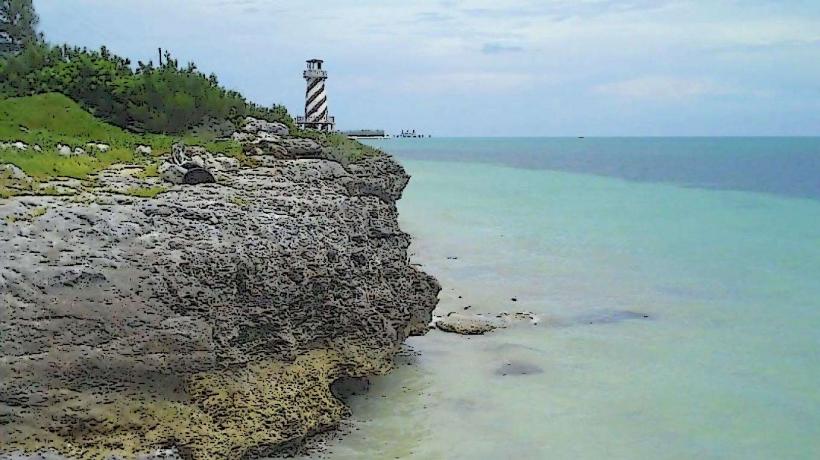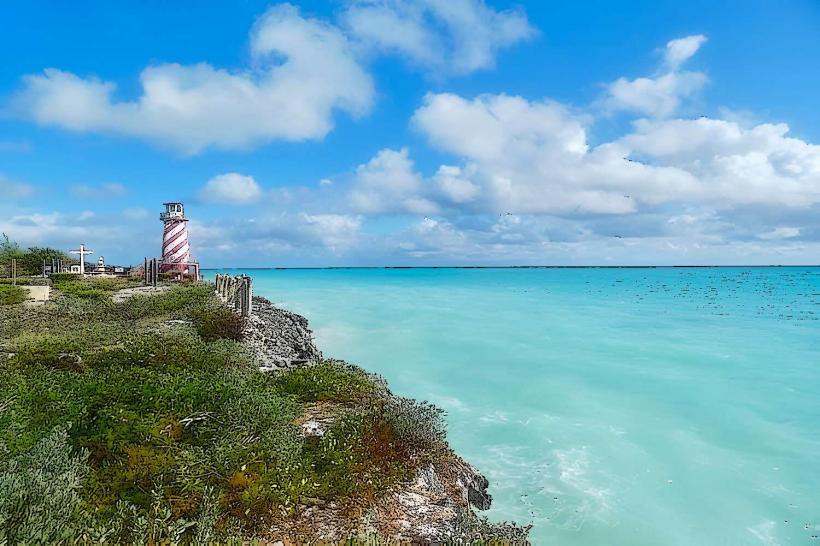Information
Landmark: Deadman's ReefCity: Freeport
Country: Bahamas
Continent: North America
Deadman's Reef is a popular snorkeling and diving location located on the west coast of Grand Bahama Island, part of the Bahamas. The reef gets its name from local legends and has become renowned for its abundant marine life, clear waters, and vibrant coral formations, making it a prime destination for those interested in exploring underwater ecosystems.
1. Overview
Deadman’s Reef is a marine protected area known for its lush coral reefs, colorful fish, and diverse underwater habitats. It is situated near Lucea Bay, a few miles from Freeport, and offers easy access for both beginner and experienced snorkelers and divers. The area is known for its crystal-clear waters, often providing visibility of up to 100 feet (30 meters), which is ideal for observing the vibrant marine life below.
2. Historical Significance
- Legend of Deadman's Reef: The name "Deadman’s Reef" is linked to local folklore about pirates and shipwrecks. One legend suggests that the reef was a common site for shipwrecks, and the name might have come from the bodies of pirates or sailors who met their end in the area. Despite its ominous name, the reef is a thriving marine ecosystem and a popular spot for water activities.
- Shipwrecks: The reef has been associated with several shipwrecks over the centuries. While the exact number of shipwrecks in the area is unknown, some of them have contributed to the diverse marine life that inhabits the reef, with many sunken vessels serving as artificial reefs providing shelter for fish and other marine species.
3. Marine Life and Biodiversity
- Coral Gardens: Deadman’s Reef is home to healthy coral gardens that provide shelter and food for a variety of fish species. These corals are vital to the ecosystem, supporting a wide range of marine life.
- Fish Species: The reef is teeming with a variety of fish species, including colorful parrotfish, angelfish, snapper, grunts, and groupers. The area also attracts larger species, such as barracudas, nurse sharks, and stingrays, making it an exciting spot for wildlife enthusiasts.
- Turtles and Rays: In addition to fish, snorkelers and divers may encounter sea turtles and stingrays in the crystal-clear waters. These graceful creatures are often spotted gliding through the reef's underwater landscape.
- Lobsters and Conchs: The reef is also home to lobsters, conchs, and various crustaceans that inhabit the sandy areas surrounding the coral formations.
4. Snorkeling and Diving
- Snorkeling: Deadman’s Reef is one of the best spots for snorkeling on Grand Bahama Island due to its proximity to the shore and shallow water depth. The reef is easily accessible from the beach, making it an ideal location for both beginners and seasoned snorkelers. The shallow coral areas, combined with clear water, make for an unforgettable snorkeling experience, with easy access to the reef’s diverse marine life.
- Diving: For scuba divers, Deadman’s Reef offers exciting dive sites with deeper sections of the reef, where more advanced divers can explore the caverns, drop-offs, and wrecks. The deeper waters around the reef are home to even more diverse marine species, including larger predatory fish and occasional sharks.
- Visibility: Visibility at Deadman’s Reef is generally excellent, ranging from 60 to 100 feet depending on the time of year and weather conditions. This clear water allows divers and snorkelers to enjoy unobstructed views of the underwater world.
5. Activities and Services
- Boat Tours: Many local tour operators offer boat tours to Deadman’s Reef, allowing guests to enjoy a relaxing ride to the reef before jumping in for snorkeling or diving. Some tours even include equipment rentals, making it easy for visitors to enjoy the experience without needing to bring their own gear.
- Guided Snorkeling/Diving Trips: For those who are new to the area or underwater exploration, guided snorkeling and diving trips are available. These trips are led by experienced local guides who provide information about the reef’s marine life and ensure safety during the excursions.
- Relaxing at the Beach: After exploring the reef, visitors can relax on the nearby beach, which is often relatively secluded and peaceful. The area is less crowded compared to some other tourist spots on Grand Bahama Island, offering a more tranquil beach experience.
- Fishing: The waters around Deadman’s Reef are also popular for sport fishing. Fishermen can often be seen casting lines in search of local fish species, including snapper, grouper, and yellowtail.
6. Best Time to Visit
- Dry Season: The best time to visit Deadman’s Reef is during the dry season, which typically runs from November to April. This period offers calm waters, clear skies, and ideal conditions for snorkeling and diving.
- Off-Season: The summer months (from May to October) are still a good time to visit, although occasional rain showers and hurricane season may affect conditions. The reef may also be a bit more crowded with tourists during this time.
7. Conservation and Preservation
- Protected Area: Deadman’s Reef, like many marine environments in the Bahamas, is a protected area. Local authorities and conservation groups are dedicated to ensuring the preservation of the reef’s delicate ecosystem. Visitors are encouraged to practice responsible snorkeling and diving by avoiding touching the corals or disturbing marine life.
- Marine Education: Local tour operators and conservation groups often offer educational experiences about the importance of reef ecosystems and how visitors can contribute to their protection by following eco-friendly practices during their visits.
8. Conclusion
Deadman’s Reef is a hidden gem on Grand Bahama Island, offering incredible underwater experiences for those interested in snorkeling, scuba diving, and exploring marine life. The reef's vibrant coral gardens, diverse fish species, and clear waters make it a must-visit destination for nature lovers and adventure seekers alike. Whether you’re a beginner or an experienced diver, the reef offers something for everyone, and its rich history adds an intriguing element to the experience.


